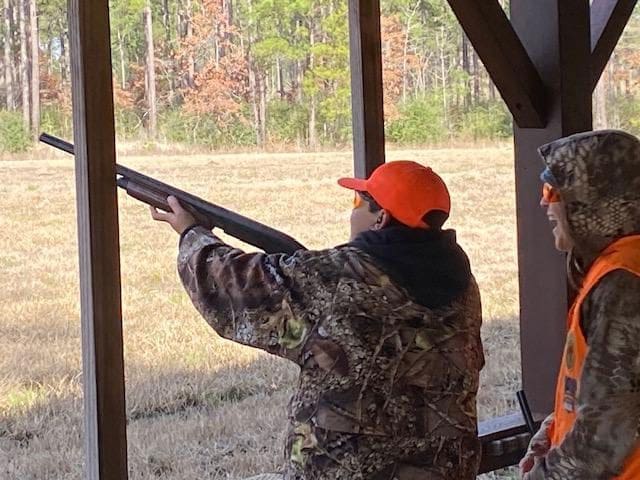The Shotgun Games We Play
Tags:
An Introduction to the 3 Most Popular Clay Games
By Heidi Lyn Rao
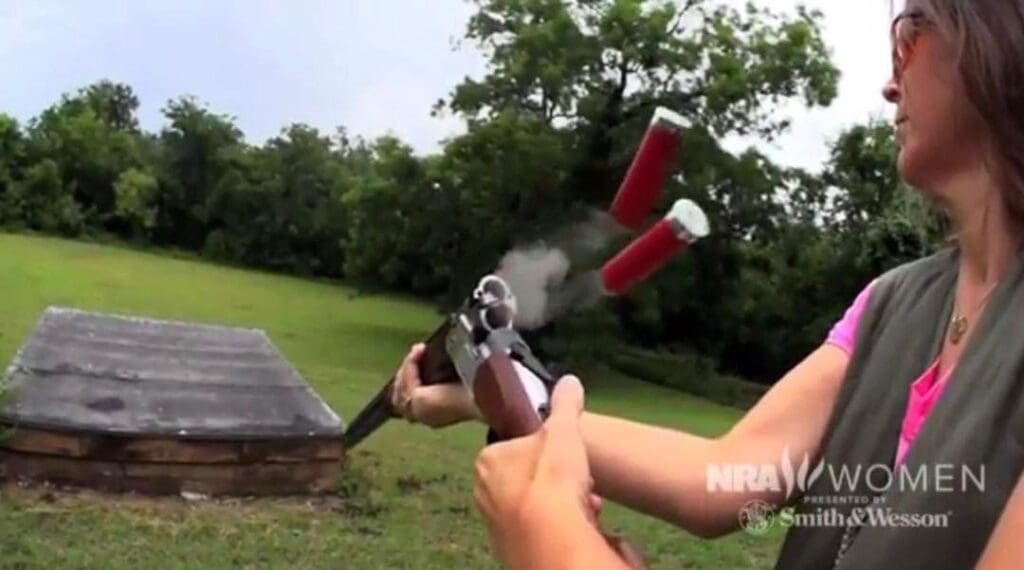
The Shotgun Games We Play
There seems to be as many different shotgun disciplines and games out there as there are shotgunners to shoot them! It is sometimes difficult to keep current with the new clay target games and variations of established shotgun games. Whether you must learn new terminology or rules, you also need to find shotgun ranges to visit to try them out. No matter which game we choose, firearm safety always remains top priority. It is beneficial to understand the basics of the three most common shotgun games we play: skeet, trap, and sporting clays.
Safety
Safety is always first, regardless of the shotgun games we play, and it begins as soon as you take your shotgun out of your vehicle. Make sure your gun is unloaded by opening the breech and visually inspecting to verify it is a “safe gun.” Keep the breech open to let everyone see that it is unloaded and safe. On a pump or a semi-automatic shotgun, use a breech or chamber flag
to visually show it is unloaded, and keep the muzzle pointed in a safe direction. If you have an over-and-under or a side-by-side shotgun, carry it broken open, with the muzzle down. Make sure you have the proper ammunition, both the proper gauge and the proper shotgun shell length, size of shot, and depending on the rules of the location lead or steel shot, for what you’re shooting.
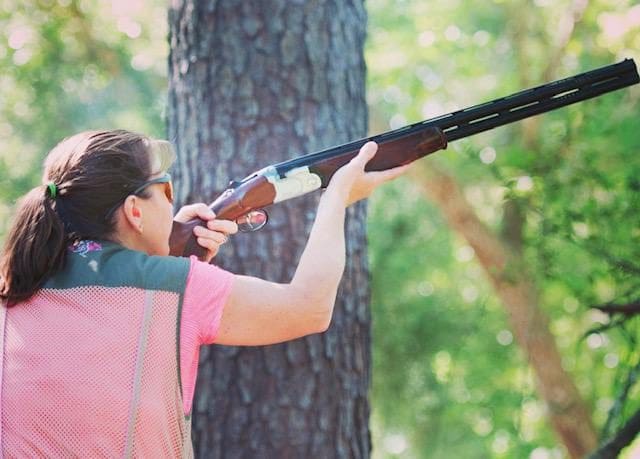
Eye and ear protection are mandatory while on a shotgun field. Always wait until you are on a shooting station, it is your turn, you are in the box and ready to shoot before your load your shotgun. If there is a malfunction or the gun does not fire, continue pointing the gun safely downrange. Once safe, unload it and check your barrel to make sure there are no obstructions. Once finished shooting, always unload your shotgun, and open your action before you move off the station.
SKEET
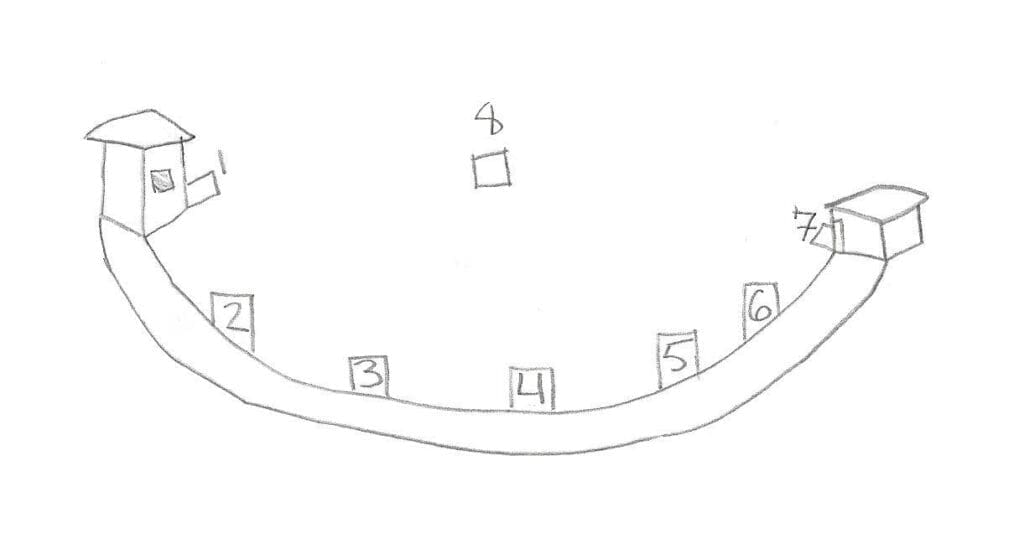
Today’s skeet field has eight shooting stations and two trap houses. Seven of the stations are arranged in a half-moon shape between the two trap houses, and one station is directly between them, in the middle of the field. The high house is located on the left side of the field and throws clay targets from a trap situated 10 feet above the ground. The target rises to a height of 15 feet by the time it reaches the center of the field. The low house is located on the right side of the field and throws clay targets from a trap positioned 3 ½ feet above the ground. This target also rises to a height of 15 feet by the time it reaches the center of the field.
In American Skeet, a round of skeet consists of 25 targets. 17 clay birds are shot as “singles,” and 8 clay birds are shot as “doubles.” The first miss of a target is immediately repeated and is called an option or a “mulligan.” If no targets are missed during the round, the last, 25th target is shot at the last station, which is low house 8. Any gauge shotgun may be used, as long as it can fire at least two shots. The preferred shot size is #9, but nothing larger than 7 ½ shot size should be used.
The game of skeet is shot in squads of up to five shooters. The squad stays together and moves from station to station, traveling to each of the 7 stations around the half-moon and ending up in the center, station 8, at the end of the round.
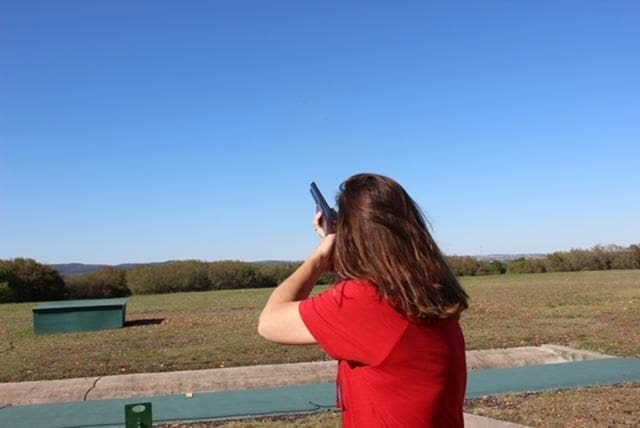
Beginning at station 1, the squad gathers, and Shooter One steps into the box and calls “pull.” Targets are thrown from the high house and low house. When finished, Shooter One steps aside and Shooter Two steps into the box and repeats the sequence, and so on, until each of the shooters on the squad completes shooting at Station 1. Then the entire group walks to Station 2 and takes turns shooting the next set of targets.
The shooting sequence is:
Stations 1 and 2: High house single; Low house single; High house/Low house pair Stations 3, 4, and 5: High house single; Low house single
Stations 6 and 7: High house single; Low house single; Low house/High house pair Station 8: High house single; Low house single
There are a variety of Skeet games, including Skeet Doubles, English Skeet, and International Skeet.
Trap
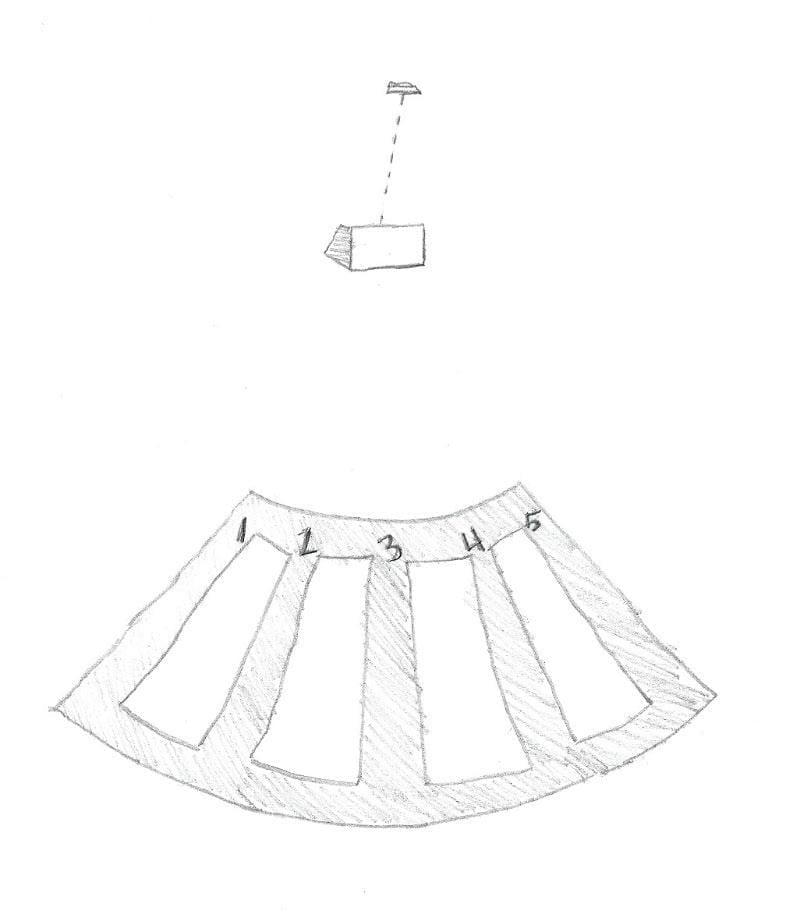
American Trap is the most basic of all the trap disciplines. A traditional trap course will have five shooting stations or pads, located 16 yards behind the trap house. Up to five shooters will take their place, one on each of the five shooting pads that are arranged in a slight semi-circle and angled toward the front of the field. Clay targets are thrown from a machine that oscillates from left to right. The clay thrower is situated in a “house” or “bunker” usually located in the ground at the front and center of the trap field. Because the machine is out of sight, the shooter does not know which direction the clay bird is going to fly until they call “pull.” American Trap targets are thrown as singles, and the horizontal direction of flight is randomized with a maximum target angle of 22 degrees (measured from a line from the trap to the middle station). The height at which the targets are thrown is constant, and the distance is also constant at 50 yards.
A round of American Trap is 25 targets, where only one shot allowed per target. A squad consists of five shooters, and each shooter will take their place on each of the five shooting pads.
5 targets are thrown at each station, and when all targets are thrown, shooters move to the next station to their right, and the 5th station rotates over to the 1st station. Trap shotguns are usually 12-gauge and typically have long barrels. The preferred ammunition is using target loads with a shot size of either 7 ½ or 8.
There are a variety of Trap games. There is an English variation called Down-The-Line, where two shots are allowed at a single target. Other disciples are Handicap Trap; Doubles Trap; Olympic Trap, Bunker, Trench; Olympic Trap Doubles, Bunker Doubles, Trench Doubles; Automatic Ball or Wobble Trapl and Universal Trench.
Sporting Clays
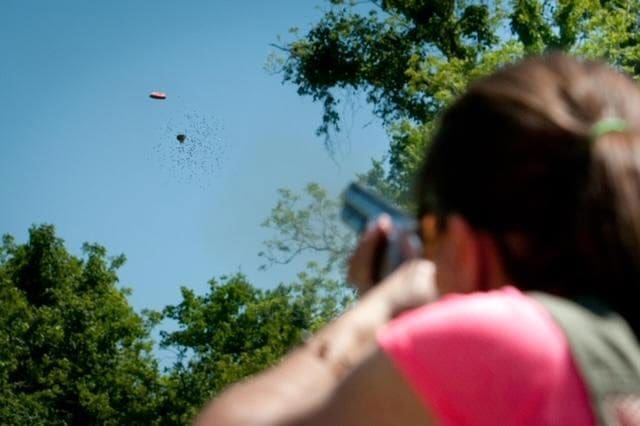
The game of sporting clays is often described as “golf with a shotgun.” Like golf courses, a typical sporting clays courses has 10 to 15 different shooting stations that can include one to several clay target throwers each. Courses can be set up with 50 or 100 different target presentations, and there are a variety of sizes and colors of targets which change the speed and challenge of each one. Targets can also be thrown as singles, doubles, or pairs.
No two sporting clays courses are the same because terrain and natural environment have a lot to do with how targets are presented. Courses can be set on hillsides, in valleys, across open fields, in the woods, and utilizing sections of water. Targets can be thrown as incoming, going away, crossing, climbing, dropping, traveling from behind the shooter and appearing overhead, to rolling and bouncing across the ground ahead of the shooter. Sporting clays is the closest thing simulating hunting with target presentations replicating the flight of doves, ducks, geese, teal, pheasant, and other upland birds, and even rabbits. Many hunters shoot sporting clays to practice their wingshooting skills during the off-season. six different sizes of clay targets are used to further give the shooter the experience of actual hunting conditions.
A round of Sporting Clays is usually shot in squads of two to six people. Depending on the course, the squad will begin on the assigned first station and move through the course until all stations are completed. Although any gauge shotgun that is capable of firing two shots may be used, the most popular are 12 and 20 gauges. Many shooters tend to shoot an over-and-under shotgun because it allows them two different choices of chokes, and shot sizes used range from #7 ½ to 9.
Whichever shotgun game you choose to play, always remember that you’ll find some of the most welcoming people on the clay fields. Find a range that offers one, two, or all three types of shotgun games – skeet, trap, and sporting clays – and you will find a group that is right for you, more than willing to teach you the game and join in on the fun!
